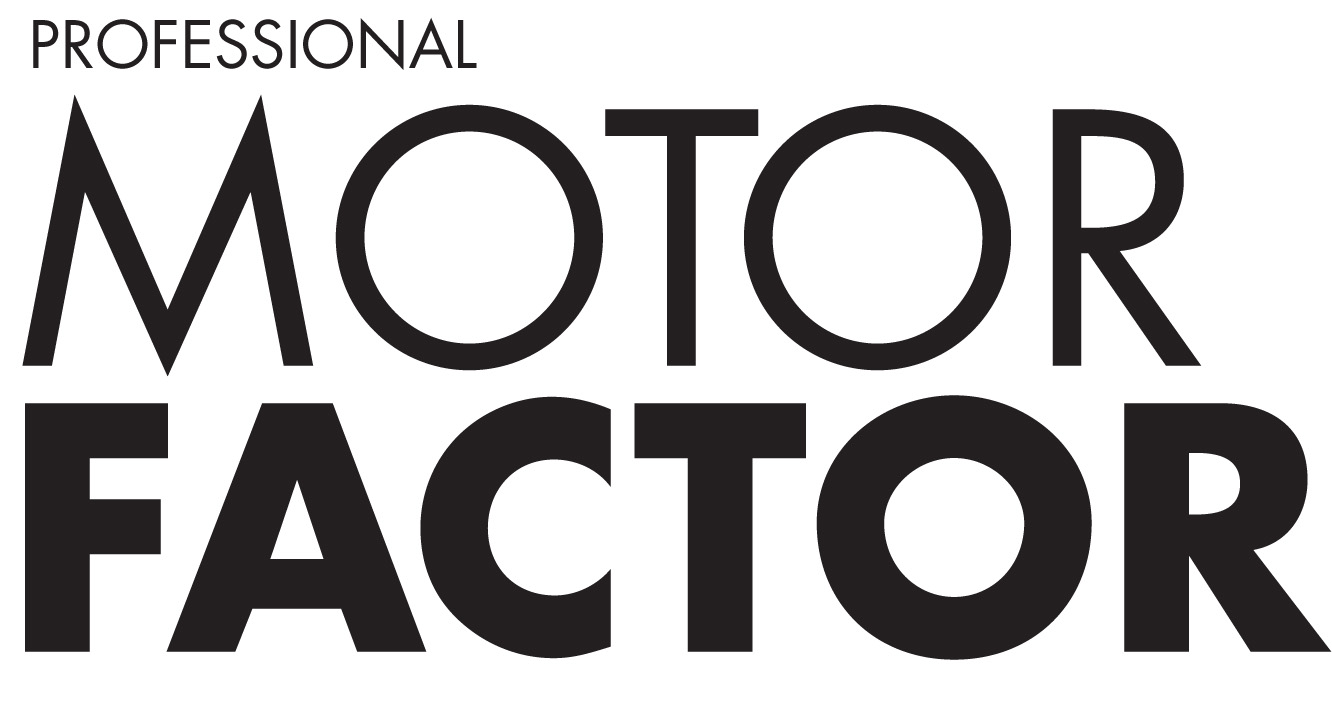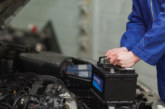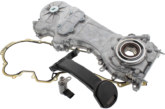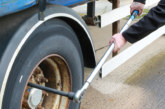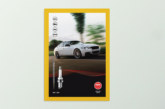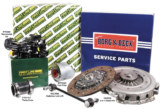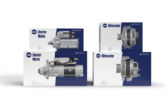Whether it’s cleaning, dusting or applying solvent or polish to a surface, your customers often rely on good quality wipes to get the job done; however, believe it or not, how they use them can have a significant impact on how long they last. Correct use can help users get as many as four uses from one wipe – cutting waste and costs. From Univar’s supplier, Chicopee, here are some tips on how your customers can use wipes wisely and maximise their lifespan:
Reuse the wipe
It may sound strange, but a wipe can actually be used multiple times, if handled correctly; for instance, if using a wipe for solvents, once the solvent has evaporated from the wipe, it can be used again rather than being disposed of immediately.
When it comes to paintwork, as it needs to be clean and precise, a wipe can be used here first and then reused again for dirtier tasks, such as wiping away sealants under the car or cleaning off tools.
Choose the right wipe for the right job
Before a professional reaches for the nearest wipe, they should consider what kind of job is at hand; for example, wet wipes are more useful for oil spillages, but when it comes to dusting, tack wipes are best. Tack wipes can be especially useful for this type of work, as they are designed to swiftly and cleanly remove any dust residue, effectively cleaning the surface without the need for multiple wipes.
Furthermore, if they use a wipe that isn’t up to the job, any dust left on the surface of a car panel, for example, may result in rework post-process in order to buff out and respray – leading to more time and money spent on the job overall.
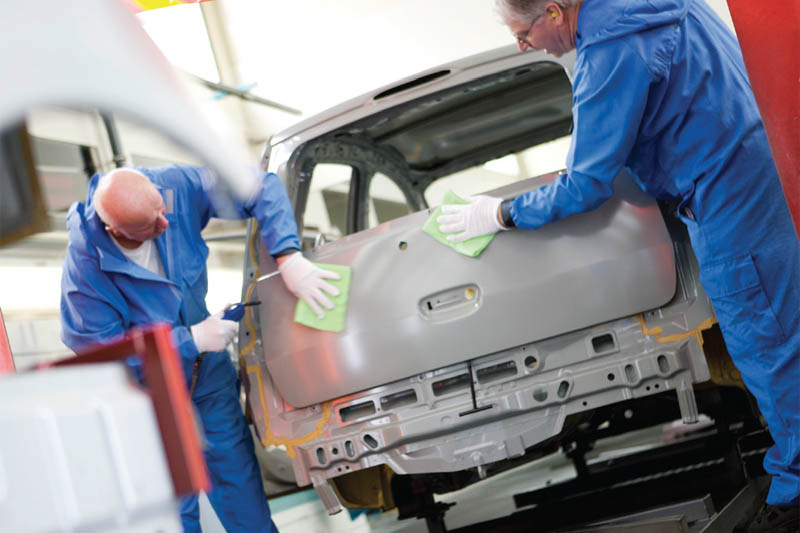
Use the right technique
Whether it’s a wet wipe or a dry cloth wipe, the user should always keep it as flat as possible during use. It can be helpful to use the palm of a hand to aid even distribution and avoid scrunching. This will help extend its lifespan and enable more uses.
Another useful technique is the ‘picture framing’ method: wipe the surface back and forth, then around the edges, ‘framing’ the clean – this will help get the most out of a wipe whilst ensuring an effective clean.
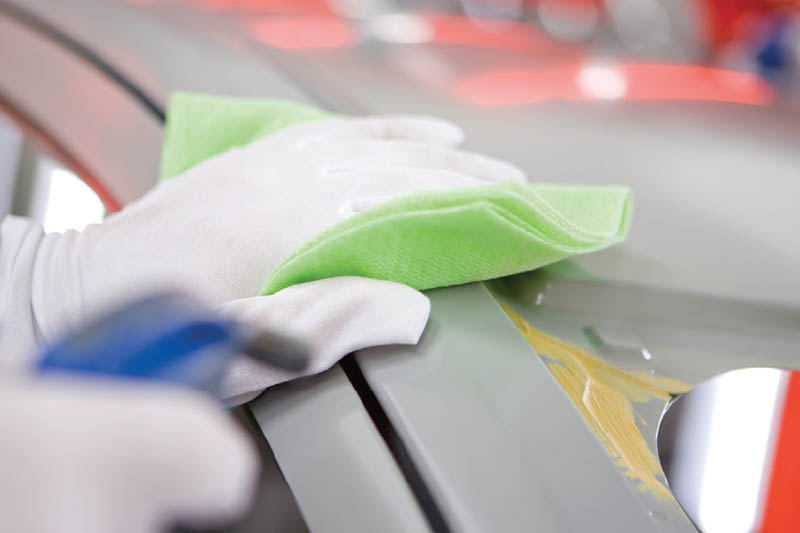
Consider training
Although the correct use of wipes may not seem like a priority in a workplace, training can make a big difference. It can help to encourage employees away from their natural instinct to scrunch or only use certain sections of a wipe, before discarding.
Ultimately, knowing the correct technique and wipe for the job at hand can help in the long run to reduce waste, costs and time spent on jobs.

